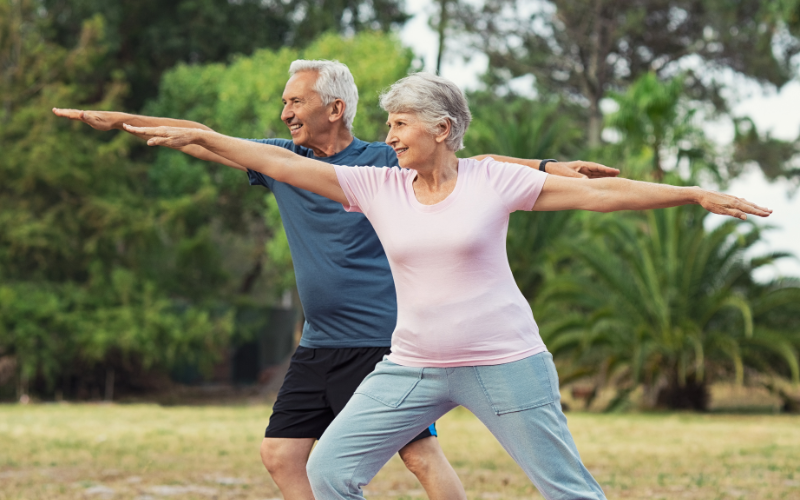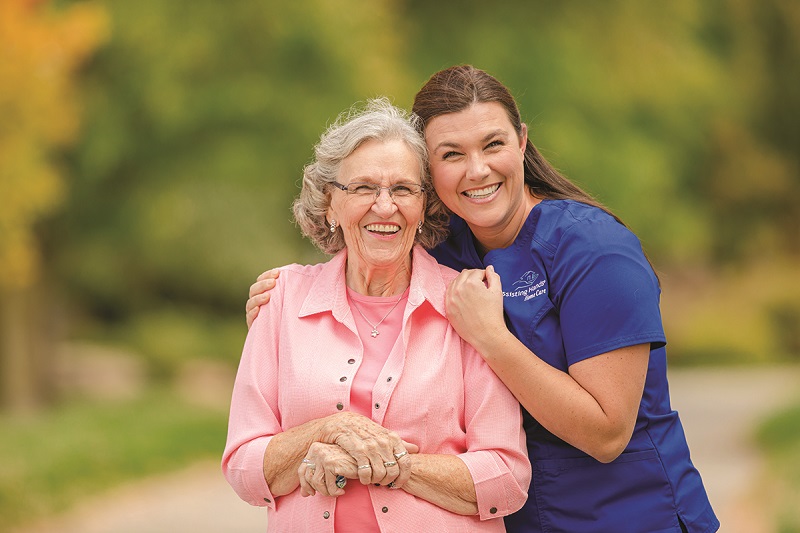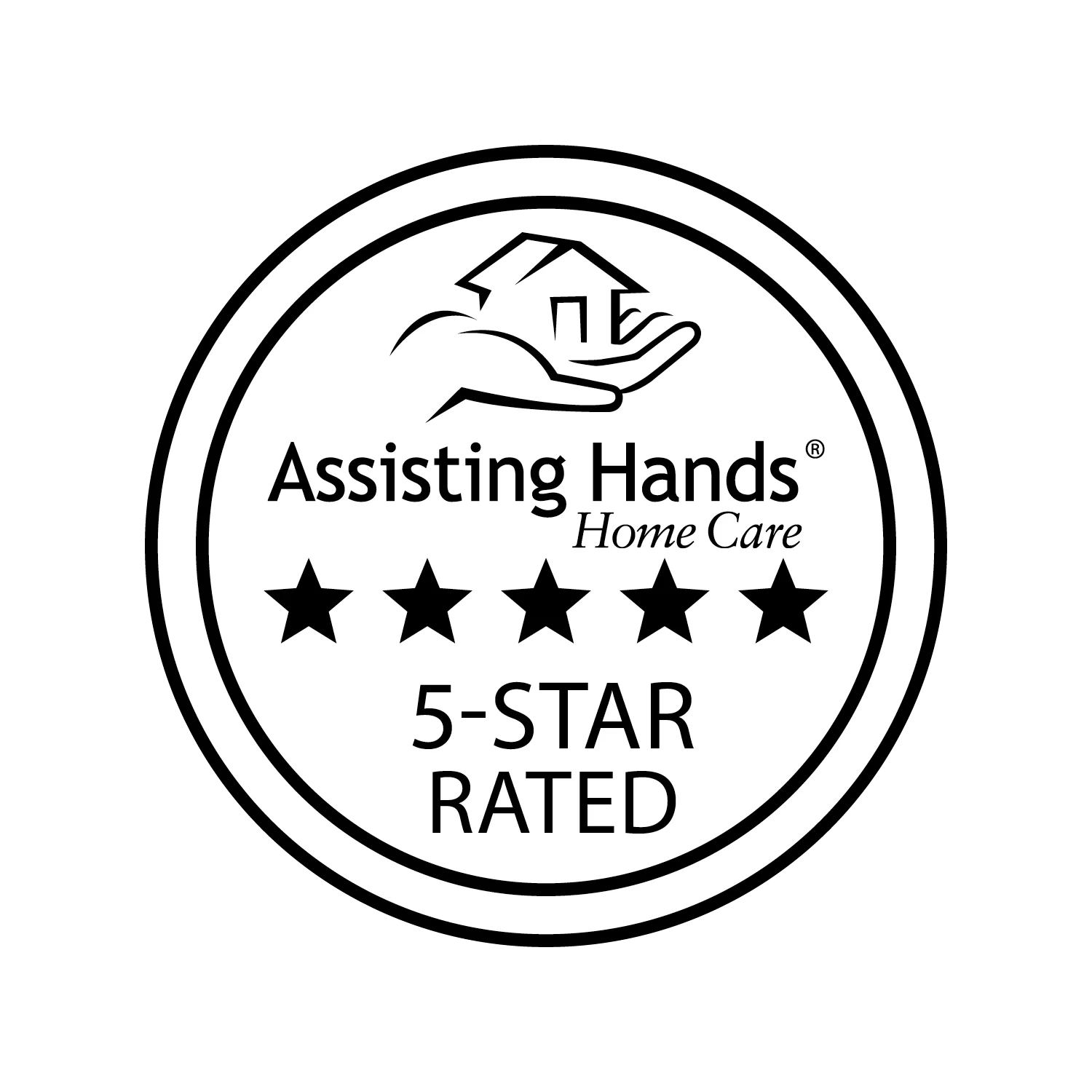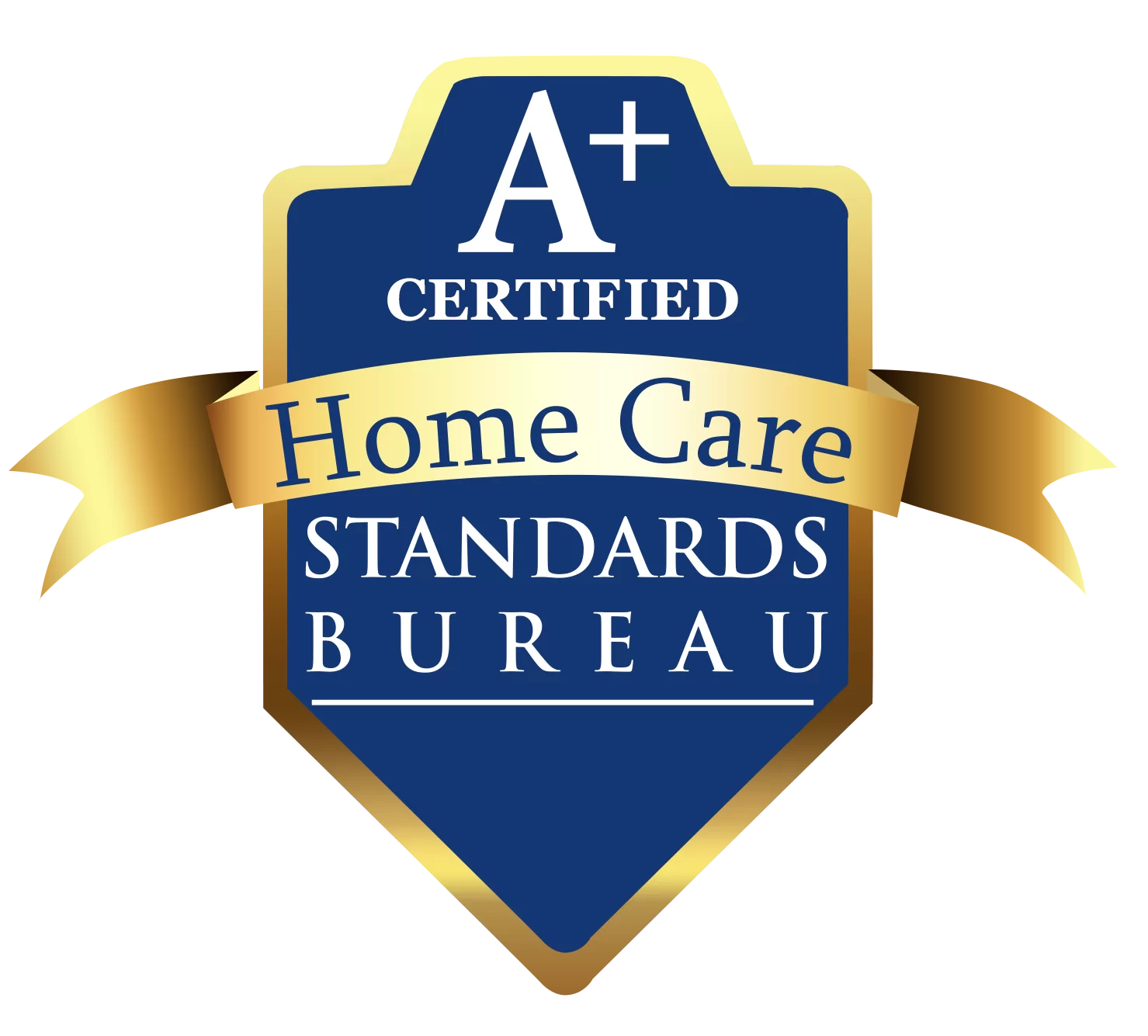
Maintaining mobility can be a challenge for many older people. Range of motion decreases and muscles and joints weaken with age. Stretching, however, offers numerous benefits that counteract this age-related deterioration. Learn the importance of incorporating stretching into a daily routine.
Flexibility decreases as people grow older. Trouble standing up from a chair may be due to poor flexibility. Flexibility is the ability of the aging body’s muscles and tendons to lengthen and stretch when an individual moves. It allows the senior’s joints to move through their range of motion.
What are the benefits of stretching?
Seniors who stretch regularly experience several benefits, which include the development and maintenance of strength as well as improved flexibility. Increased circulation and blood flow are additional benefits that give seniors a better quality of life and an opportunity for healthy aging.
1. Decreases lower back pain
Lower back pain in aging adults is normally due to osteoarthritis and spinal stenosis. Osteoarthritis is the most prevalent type of arthritis and is caused by the degeneration of cartilage between the facet joints. Along with the lower back, arthritis can develop in the hips and knees.
The pain due to osteoarthritis can be managed by regular stretching. By improving range of motion, elasticity and stiffness are relieved in the afflicted joints. Warm up stiff muscles with a heat pack prior to stretching to reduce any initial pain along these joints.
2. Reduces the risk of falling
The risk of falling increases with age. Every year, one out of three seniors age 65 and over fall and require emergency treatment. Stretching routinely, however, helps older adults achieve balance and stability—both of which protect the individual against falls.
Seniors should focus on improving flexibility in their hamstrings, quadriceps, and the lower back. Also perform stretches that increase greater mobility in the hip joint. Combined, the stretches to these areas serve as an important defense against falling in older adults.
3. Improves poor posture
Poor posture is defined by a head that protrudes forward, rounded shoulders, and upper back as well as forward pressing hips. Due to poor posture, the S-curvature in the spine decreases. Resultingly, the senior experiences pain in the lower back and between the shoulder blades.
A consistent stretching routine can combat years of poor posture. Stretching loosens tight ligaments, tendons, and muscles. As a result, the senior experiences greater range of motion. Combining strength training with stretching helps balance weaker outer muscles and correct poor posture.
4. Increases blood flow and energy
Seniors who perform dynamic stretching move in a way that stretches their muscles. Dynamic stretching differs from static stretching, which is stretching while the body is not in motion. Examples of dynamic stretching include arm swings, lunges, shoulder circles, and leg swings.
Dynamic stretching lengthens the aging individual’s muscles. This form of low-intensity stretching also increases circulation and the flow of nutrients throughout the body. Seniors experience higher energy levels. Increased energy is vital to living independently, staying social, and aging healthily.
What are guidelines for stretching?
Aging adults are advised to perform stretches twice a week. Stretch the major muscle groups for at least ten minutes during these two days. Older people who also perform resistance training or cardiovascular exercises should also stretch whenever possible on those days.
While performing stretching exercises, take a deep breath and exhale. Hold each stretch for 30 seconds, which helps the muscle relax. Avoid bouncing during stretching, as this can exacerbate the risk for injury. Stretch to the point of feeling tension—not pain—in the muscle.
What are recommended stretches?
Quadriceps stretches increase the flexibility in the large muscles in front of the thighs. These muscles are important for walking and standing. Seniors should lie on their side with one knee bent and bring one foot behind them. Pull the foot forward until a stretch is felt.
A lower back stretch is critical for maintaining proper posture. Achieve mobility in the spine by lying on the back with knees bent and feet on the floor. Keep the knees together and lower the legs to one side. Upon twisting the torso, a stretch will be felt.
Shoulder and upper arm stretches allow seniors to continue activities, like getting dressed and reaching for items on an upper shelf, independently. Hold a towel in one hand and allow it to drape behind the head. Gently pull at the other end of the towel until a stretch is felt.
Older individuals who are considering starting a new stretching routine should consult a doctor prior to beginning. A physician or a physical therapist can recommend the best stretches for seniors who have had previous surgeries or muscle or joint injuries.
When the aging loved one in your life is ready to begin a stretching program, Assisting Hands Home Care can be beneficial. Our caregivers provide safe transportation to places in the community, such as a physical therapist’s or doctor’s office as well as senior exercise classes.

Our reputable home care agency provides a wealth of additional non-medical home health care services in Medinah, IL | Glendale Heights, IL | Itasca, IL | Bensenville, IL | Elmhurst, IL | Villa Park, IL | Addison, IL | Lombard, IL and the surrounding areas. Professional caregivers assist seniors with personal hygiene tasks, like bathing and grooming, as well as prepare meals, shop for groceries, perform light housekeeping, and give medication reminders.
Elder care is critical to helping seniors with disabilities and those who cannot drive live an independent lifestyle. We also serve as excellent companions, deterring feelings of social isolation and loneliness that can affect older people who live alone at home.
Professional caregivers from Assisting Hands Home Care are highly qualified to serve the elderly. Each of our professionals is background checked, bonded, licensed, and insured. Caregivers are knowledgeable in CPR and First Aid.
Families with aging loved ones have full confidence in the compassionate senior care services provided by Assisting Hands Home Care. Schedule your free in-home consultation with us, and we’ll develop a flexible, customized care plan. Call us today at (630) 526-6522 to begin quality home care.















